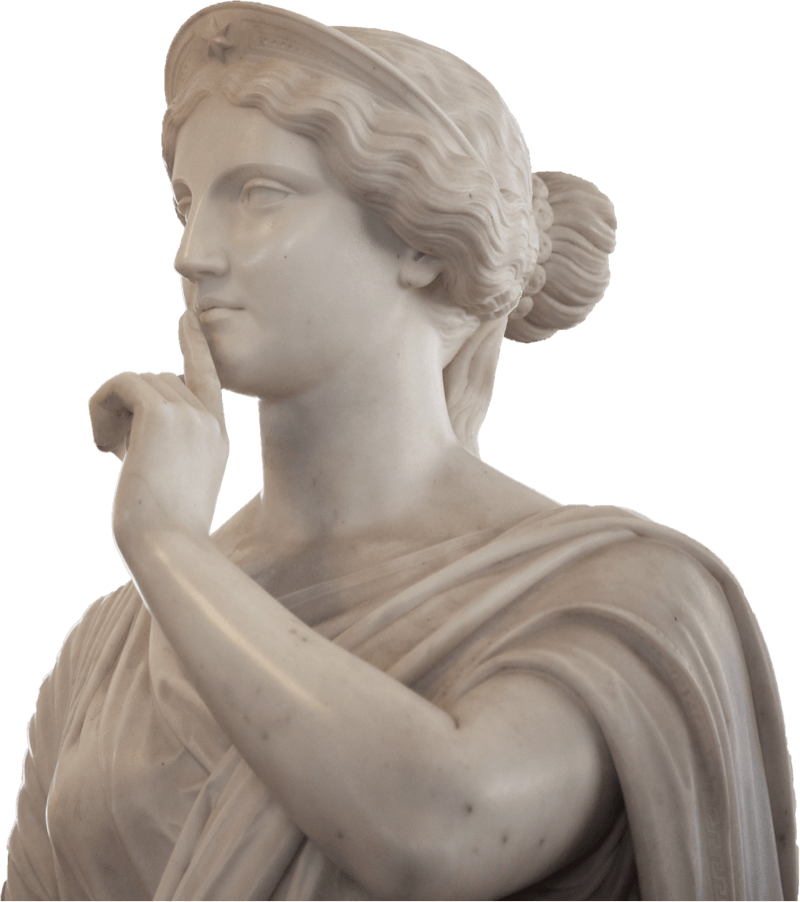Anyone can visit
Opens Today at 9:00am
- Home
- About
- In the News
- Book about books explores...
In 1845, attorney Alphonso Taft, father of William Howard Taft, negotiated a unique lease for the Mercantile Library on Walnut Street: good for 10,000 years, renewable in perpetuity.
We certainly love our libraries.
In fact, Cincinnati has quite a literary heritage, from the soldiers at Fort Washington putting on makeshift Shakespeare productions to the Books by the Banks festival held every year (that there isn’t a pandemic).
Those are some of the interesting, bookish, local connections Kevin Grace reveals in his own book, “Cincinnati’s Literary Heritage.”

The head of the Archives and Rare Books Library at the University of Cincinnati, Grace knows books. He has taught about books and reading, Shakespeare and folklore for more than 40 years. Wherever he goes in his travels he seeks out the local literary spots to learn more about that place, its people and its history.
So, he did the same thing for Cincinnati and compiled it all. A book about books. “A History for Booklovers,” it says.
“I wanted to create sort of a handy guide, something with interesting stories in it but something that could lead people around the city to the literary places,” Grace said.
The book is a slim but packed volume that will whet the appetites of bibliophiles who want to devour more about the city’s rich literary history.
A professor once told Grace that a book is really a confluence of endeavors – the writing, the printing ink, the publishing, the selling. “I wanted the literary influence of Cincinnati to be a confluence of endeavors,” Grace said.
Grace starts with the making of books, showcasing the Ault & Wiborg Co., one of the world’s largest manufacturers of printing ink, and the Strobridge Lithographing Co., which printed those dazzling circus posters in the late 19th century.
Then there’s the bookstores, the libraries, the book collectors and the writers.
It’s not just history, though. Our literary heritage is our current lives, as well, Grace said, and there is a lot going on.
He included lists of literary places you can visit now, from the Harriet Beecher Stowe House to the Cincinnati Type & Print Museum, plus reading and writing organizations and the “50 essential books for understanding Cincinnati.” (Disclosure: The list includes two books by The Enquirer’s librarian.)
“You want to give readers the familiar, the unfamiliar and the surprises,” Grace said about his book. “You want to give them the impetus to explore.”
Here’s a sampling:
Acres of Books
The landmark antiquarian bookstore is fondly remembered 30 years after it closed in 1991. It was founded in 1927 by Bertrand Smith, who then headed west to create an even more legendary Acres of Books in Long Beach, California. His son, Bert Smith Jr., ran the store for decades before John Coleman took over.

The store at 633 Main St. boasted “one of the largest and most diversified collections in the Midwest,” level after level of out-of-print books, first editions and magazines. “It was dim and dusty and slightly decrepit in the best of ways,” Grace wrote.
That vibe continues in the venerable Ohio Book Store, 544 Main St., that has been around since 1940.
William Haines Lytle
The soldier-poet was a casualty at the Battle of Chickamauga in 1863, during the Civil War. A favored son from an early Cincinnati family and namesake of Lytle Park, he was beloved by both the North and the South for his poetry. After the Union general was killed, Confederate soldiers guarding his body recited from his poem, “Antony and Cleopatra”:
I am dying, Egypt, dying!
Hark! the insulting foeman’s cry;
They are coming; quick, my falchion!
Let me front them ere I die.
Ah, no more amid the battle
Shall my heart exulting swell;
Isis and Osiris guard thee,—
Cleopatra, Rome, farewell!
Enquirer connections
The Enquirer has a number of literary connections. Reporter Lafcadio Hearn revolutionized journalism in the 1870s with his stories about those people unrepresented in newspapers. The poor, the minorities, the downtrodden. Hearn is revered as a writer in Japan, where he translated Eastern folklore for the West.
“Little Nemo in Slumberland” cartoonist Winsor McCay created his first comic strip, “Tales of the Jungle Imps,” in The Enquirer in 1903 before being swept away to New York. An ArtWorks mural at 917 Main St., downtown, depicts one of McCay’s imaginative Nemo pages.
Then there is the restored 1920s art deco entrance to the Old Enquirer Building at 617 Vine St., an artifact of the newspaper’s 180-year history. “In a lot of ways The Enquirer is our only touchstone of the past in Cincinnati journalism,” Grace said. “It is the survivor.”
Elsinore Arch

The medieval-style castle tower at the base of Mount Adams was inspired by a production of “Hamlet” during the Shakespeare festival held at Music Hall in 1883. In the audience was A.G. Moore, superintendent of the Cincinnati Water Works, who was so entranced by the set design for Hamlet’s castle, Elsinore, he inspired to commission the valve house for the water supply tunnel from the reservoir in Eden Park to be built in its likeness.
Charles Hannaford, son of architect Samuel Hannaford, designed the stone mini-castle known as Elsinore Arch or Elsinore Tower. A plaque over the arch reads, “Elsinore, A.D. 1883.”
There’s plenty more of our literary heritage, past and present, to discover.
Join Today
Join the Library


Mon - Tue - Wed - Thu - Fri }9:00am – 5:00pm
Sat }ClosedSun }Closed
Find Us
414 Walnut St. 11th Story
Cincinnati, OH 45202
(513) 621 - 0717
The Mercantile Library ©2024, All rights reserved. / Privacy Policy